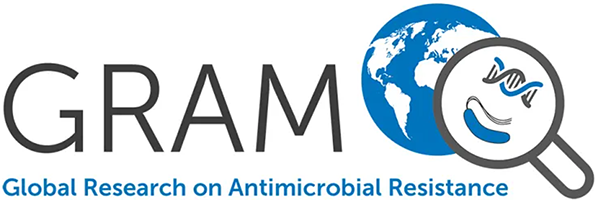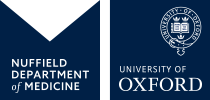The burden of bacterial antimicrobial resistance in Croatia in 2019: a country-level systematic analysis.
Meštrović T., Ikuta KS., Swetschinski L., Gray A., Robles Aguilar G., Han C., Wool E., Gershberg Hayoon A., Murray CJ., Naghavi M.
AIM: To deliver the most wide-ranging set of antimicrobial resistance (AMR) burden estimates for Croatia to date. METHODS: A complex modeling approach with five broad modeling components was used to estimate the disease burden for 12 main infectious syndromes and one residual group, 23 pathogenic bacteria, and 88 bug-drug combinations. This was represented by two relevant counterfactual scenarios: deaths/disability-adjusted life years (DALYs) that are attributable to AMR considering a situation where drug-resistant infections are substituted with sensitive ones, and deaths/DALYs associated with AMR considering a scenario where people with drug-resistant infections would instead present without any infection. The 95% uncertainty intervals (UI) were based on 1000 posterior draws in each modeling step, reported at the 2.5% and 97.5% of the draws' distribution, while out-of-sample predictive validation was pursued for all the models. RESULTS: The total burden associated with AMR in Croatia was 2546 (95% UI 1558-3803) deaths and 46958 (28,033-71,628) DALYs, while the attributable burden was 614 (365-943) deaths and 11321 (6,544-17,809) DALYs. The highest number of deaths was established for bloodstream infections, followed by peritoneal and intra-abdominal infections and infections of the urinary tract. Five leading pathogenic bacterial agents were responsible for 1808 deaths associated with resistance: Escherichia coli, Staphylococcus aureus, Acinetobacter baumannii, Klebsiella pneumoniae, and Pseudomonas aeruginosa (ordered by the number of deaths). Trimethoprim/sulfamethoxazole-resistant E coli and methicillin-resistant S. aureus were dominant pathogen-drug combinations in regard to mortality associated with and attributable to AMR, respectively. CONCLUSION: We showed that AMR represented a substantial public health concern in Croatia, which reflects global trends; hence, our detailed country-level findings may fast-track the implementation of multipronged strategies tailored in accordance with leading pathogens and pathogen-drug combinations.

